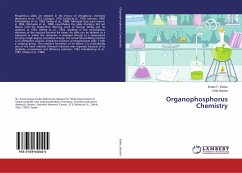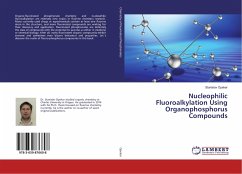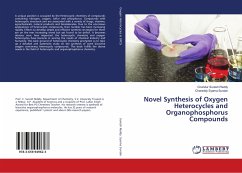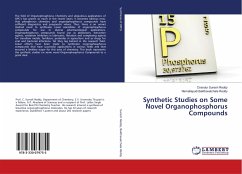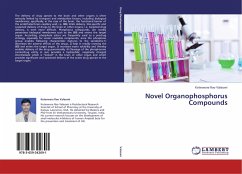Phosphorus ylides are steeped in the history of phosphorus chemistry (Bestmann et al., 1972, Cadogan, 1979, Emsley et al., 1976, Johnson, 1993, Kolodiazhnyi et al., 1983, Vedejs et al., 1986). Although they were known in 1894, (Michaelis et al., 1894) nevertheless the ylide chemistry did not flower until the Nobel-Prize Winning work of George Wittig and his students in 1953, (Wittig et al., 1953) resulting in the serendipitous discovery of the reaction bearing his name. An ylide can be defined as a substance in which the carbanion is attached directly to a heteroatom carrying a high degree of positive charge. The conventional Wittig reaction is an olefination process, entails the reaction of phosphonium ylide 1 with a carbonyl group. The resultant formation of an alkene 2 is undoubtedly one of the most valuable chemical reactions ever reported because of its simplicity, convenience and efficiency (Johnson, 1993, Kolodiazhnyi et al., 1983, Vedejs et al., 1986).
Bitte wählen Sie Ihr Anliegen aus.
Rechnungen
Retourenschein anfordern
Bestellstatus
Storno

